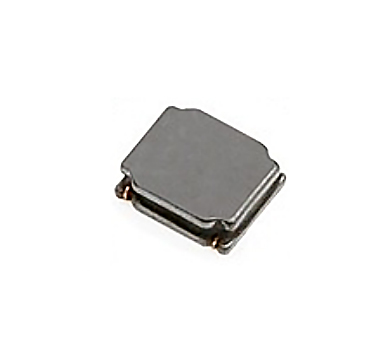An inductor is a passive electronic component used to store electrical energy, and performs its function primarily by means of the magnetic field produced by an electric current in a conductor. The fundamental characteristic of an inductor is the response of its impedance to changes in current, being able to resist changes in current by generating a reverse electromotive force when the current changes. This characteristic makes inductors play an important role in AC circuits and switching power supplies.
Features
1. Energy Storage: Inductors can store energy in a magnetic field and release it when needed.
2. Frequency Response: Inductors have high impedance for high frequency signals and exhibit low impedance for low frequency signals, so they are often used in filtering and resonant circuits.
3. Self-inductance and mutual inductance: The self-inductance of an inductor refers to the effect of a single coil on the change of its own current, while mutual inductance refers to the effect of two or more coils on each other.
Types.
Hollow Core Inductors: Inductors without an iron core, usually used for low frequency applications.
Iron Core Inductors: Using ferromagnetic material as the core material can increase the inductance value and efficiency, but may lead to magnetic saturation.
Choke: An inductor used to limit current or remove high frequency interference.
Applications
Automotive, medical, power supply, BMS, industrial control, e-cigarette, digital consumer, etc.
Summary
As an important passive component, inductors play an indispensable role in electronic circuits. Its ability to effectively control and manage current makes it a key component in many high and low frequency applications. When designing circuits, it is important to understand the characteristics and application scenarios of inductors to improve the overall circuit performance.






